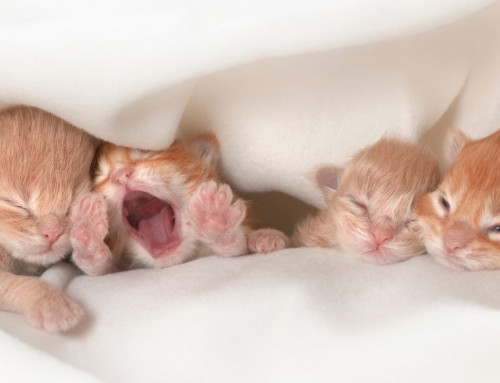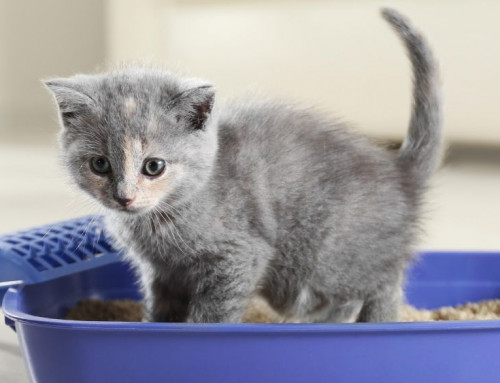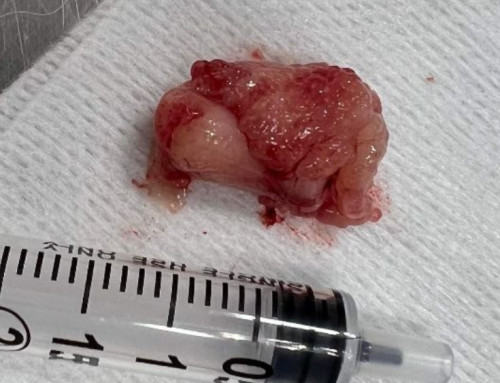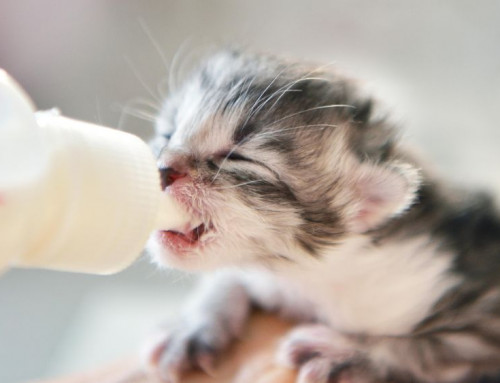Share this resource or email it to a friend!
Veterinarians play a critical role in the wellbeing of feral cats (unsocialized cats who have had little to no contact with people and fear them). They are typically unsuitable as pets. Lost and abandoned unsterilized pet cats, as well as other feral cats, contribute to the overall number of feral cats. No one knows how many feral cats there are in the United States, but without sterilization, they are the largest source of cat overpopulation.
Feral cats may become comfortable in the presence of a caretaker, but remain too frightened to be handled. Colony caretakers often enlist the assistance of animal shelters and rescues to Trap-Neuter-Return (TNR) feral cats. At its most basic, TNR involves humanely trapping, spaying or neutering, rabies vaccinating, ear-tipping (the universal sign of a sterilized cat) and returning cats to their outdoor homes where a caretaker continues to provide food, water and shelter and monitor for illness or injury. With ongoing management, TNR reduces the number of feral cats as well as concerns about their wellbeing, nuisance behaviors and public safety.
Veterinarians who work in private practices, animal shelters and spay/neuter clinics already spay and neuter pet cats and adoptable cats; some provide services to feral cats as well. However, working with feral cats, who fear people, confinement and handling, can be challenging and all who “interact” with feral cats must be knowledgeable when “handling” them in order to avoid injury to themselves, their staff and the cats.
There are several reasons why some veterinarians don’t provide services to feral cats. These include not understanding or supporting TNR, being limited by their work space or employer, and unfamiliarity with spaying or neutering young kittens. It’s critical that veterinarians know how to work with feral cats before they provide services. Information on techniques and training opportunities in quality high-volume spay/neuter are readily available; some are listed in the Resource section below.
Some veterinarians have had unpleasant experiences with caretakers. If you’re a caretaker, you can increase your chances of finding veterinarians by appreciating their perspective and situation. The Resource section below has information to help you understand the ins and outs of finding a veterinarian who offers feral cat services. If there are none, a well-written letter to a veterinarians in your community may gain you an ally.
Although private practice veterinarians may not see feral cats on an ongoing basis, caretakers may already be clients or become clients for their personal pets. That’s another reason for those veterinarians to be part of the community’s efforts to reduce the number of feral cats and improve their quality of life. However you look at it, the involvement of veterinarians is critical to the welfare of all cats.










